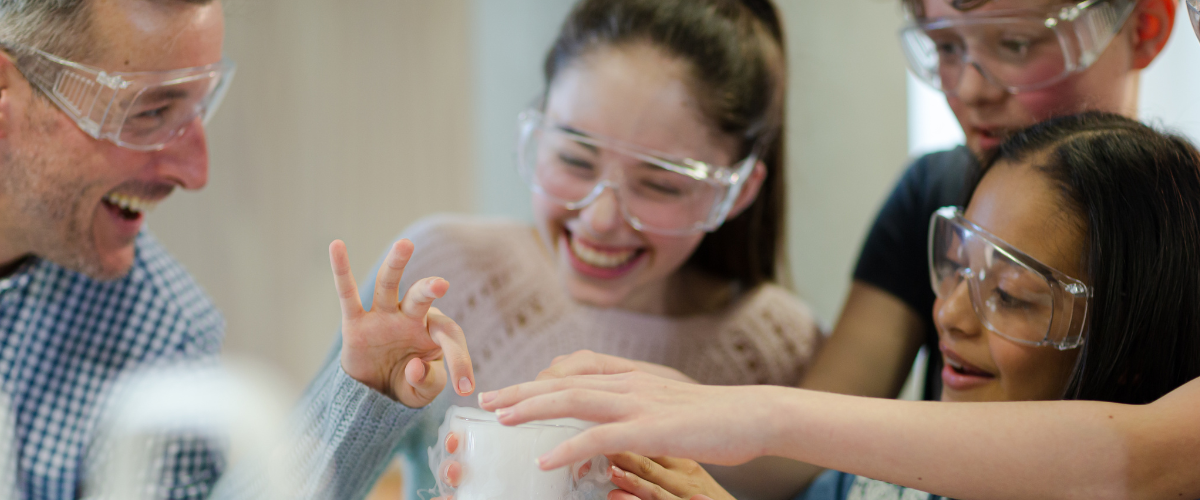Middle school represents a pivotal transition in a student's educational journey. As educators, finding effective ways to motivate students in the classroom can be challenging but tremendously rewarding. When motivation soars, so does engagement, participation, and ultimately, achievement. This guide explores practical, proven strategies to ignite enthusiasm and foster meaningful connections with your middle school students.
Understanding Middle School Motivation
Before diving into specific activities, it's essential to recognize what drives middle school students. At this age, students are:
- Seeking independence while still needing guidance
- Developing their identity and exploring potential future paths
- Craving authentic connections with both peers and mentors
- Becoming increasingly aware of real-world applications
- Desiring recognition for their unique strengths and abilities
With these developmental needs in mind, let's explore activities and approaches to transform your classroom into a motivation powerhouse.
Your Guide To Motivating Middle Schoolers
Real-World Connections
Middle schoolers are naturally curious about the "why" behind their learning. When they see connections to potential careers and real-world applications, engagement skyrockets.
Career Exploration Days: Invite professionals from various fields to speak with your students. Engineers, healthcare workers, attorneys, chefs, and other professionals can share their journeys and answer questions. These interactions help students envision potential futures and understand the relevance of current coursework.
Problem-Based Learning: Present students with authentic challenges that professionals in various fields might face. For example, engineering students could design a bridge with specific constraints, or budding medical professionals might research solutions to public health issues. These activities mirror the real-world experiences of specialized programs like Envision by WorldStrides.
Student Choice and Voice
Middle schoolers crave autonomy. When given appropriate choices, they take greater ownership of their learning.
Choice Boards: Create grids of assignment options where students can select activities that align with their interests while meeting learning objectives. For instance, after reading a novel, options might include creating a video trailer, writing an alternative ending, or designing character social media profiles.
Student-Led Discussions: Empower students to occasionally lead class discussions or teach mini-lessons. This responsibility often motivates them to deeply understand material while developing crucial leadership skills.
Gamification and Friendly Competition
Strategic competition can energize your classroom while building collaborative skills.
Knowledge Tournaments: Structure review activities as tournaments with teams working together to answer increasingly challenging questions. This combines the motivation of competition with the support of collaborative learning.
Classroom Challenges: Create challenges related to curriculum goals, such as reading competitions, math puzzle races, or science investigations. Celebrate both individual and group achievements to foster both personal excellence and teamwork.

Recognition Beyond Grades
Middle school students respond powerfully to recognition that goes beyond traditional grades.
Strength Spotlights: Regularly highlight your students' specific strengths and contributions. This might be academic excellence, including kindness, persistence, creativity, or leadership.
Growth Celebrations: Acknowledge significant improvement and perseverance, not just high achievement. This reinforces the value of effort and builds resilience.
Leadership Nominations: Identify students showing exceptional promise in specific areas and nominate them for specialized programs that can nurture their talents. Programs like Envision by WorldStrides offer immersive experiences in medicine, engineering, law, culinary arts, and other fields that can be transformative for motivated students.
Building Community Through Experience
Creating shared experiences strengthens classroom community and motivates students through meaningful connections.
Collaborative Projects: Assign projects that require diverse talents and perspectives. These experiences teach students to value each other's strengths while creating something greater than anyone could accomplish alone.
Virtual Field Trips: When physical field trips aren't possible, virtual experiences can still expand horizons. Explore museum collections, visit international landmarks, or tour college campuses virtually to inspire future aspirations.
Service Learning: Connect curriculum to community service. Whether addressing environmental concerns, supporting local food banks, or creating materials for elementary students, service learning combines academic content with meaningful action.
The Power of Experiential Learning
Perhaps the most potent motivator for middle school students is learning through direct experience. When students can see, touch, create, and explore concepts firsthand, abstract ideas become concrete understanding.
Experiential learning opportunities—whether in your classroom, your local community, or through programs like those offered by Envision by WorldStrides—allow students to:
- Apply classroom knowledge to authentic situations
- Discover personal interests and potential career paths
- Develop independence within supportive frameworks
- Build confidence through overcoming challenges
- Form meaningful connections with mentors and peers
As teachers, you have the unique privilege of identifying students who would particularly benefit from immersive experiences beyond the classroom, including those on college campuses that can help middle schoolers envision their future educational journeys.
Motivating middle school students requires creativity, flexibility, and a genuine appreciation for this unique developmental stage. By implementing these strategies and remaining attentive to your students' evolving needs, you can create a classroom environment where motivation flourishes naturally.
Remember that your role extends beyond teaching curriculum—you're also helping students discover their strengths and potential paths forward. By recognizing promise in your students and connecting them with opportunities that nurture their specific interests, you become a crucial guide in their educational journey.
When you successfully answer the question of how to motivate students in the classroom, you do more than improve academic performance—you help shape confident, curious, and engaged young people ready to embrace future challenges and opportunities.
Envision by WorldStrides is passionate about guiding students each step of the way as they rise to their highest potential through transformative experiences. Our programs offer hands-on experiences that allow high schoolers to test the waters of possible career tracks in: